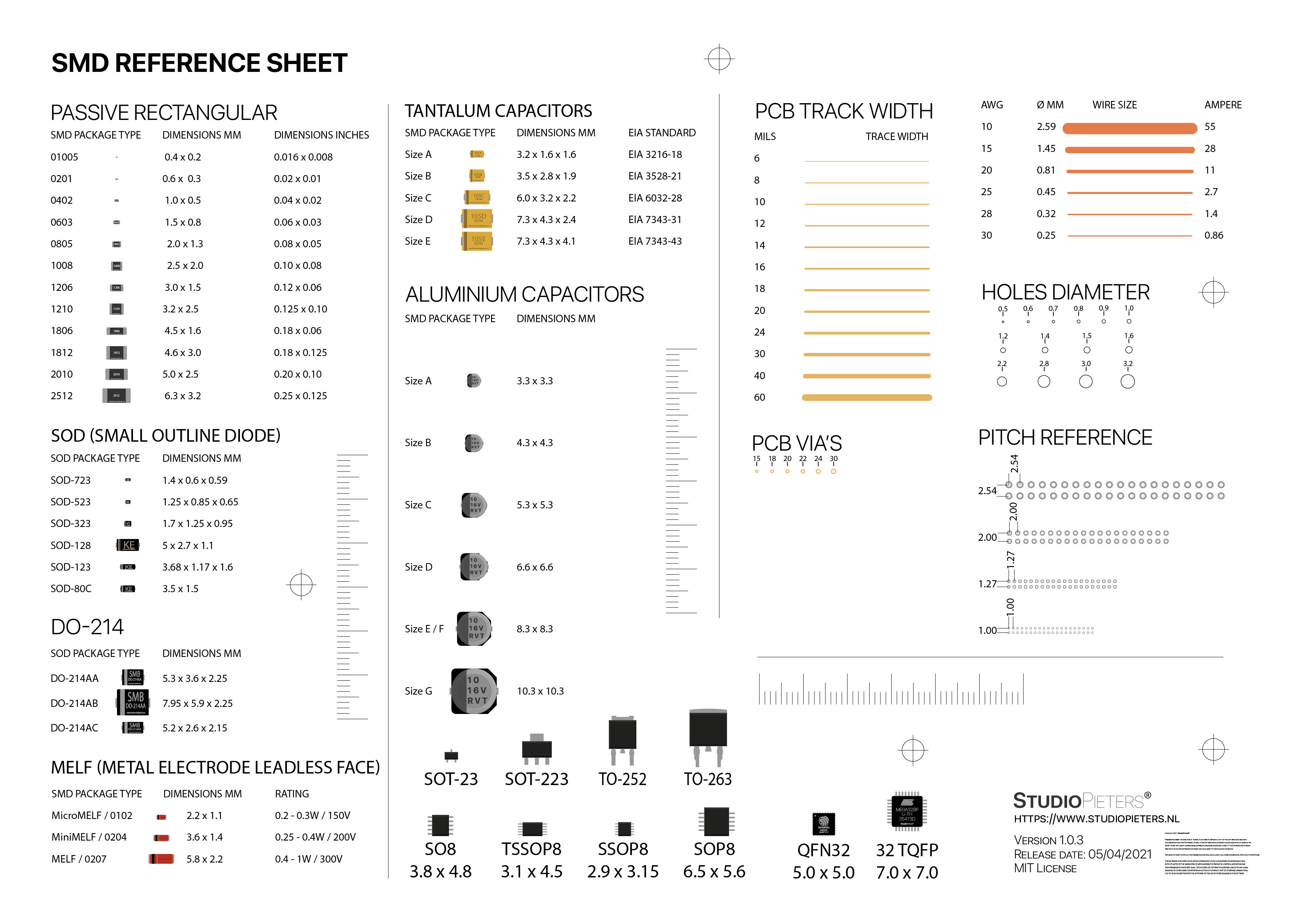Look into any commercially made electronic device these days, and it is filled with tiny components (SMD). Rather than using traditional components with wire guides. These components are mounted on the surface of the boards, and many are minuscule.
This technology is known as Surface Mount Technology, SMT and SMD components. Virtually all equipment commercially manufactured today uses SMT surface mount technology, as it offers significant advantages during PCB fabrication, and given its size, the use of SMD components allows many more electronics to be packed into a much smaller space.

In addition to the format, the surface mount technology allows the use of automated PCB assembly and soldering, bringing significant improvements in reliability and huge cost savings.
SMT or SMD
SMD vs SMT, What is the Difference? The difference between SMD and SMT is that SMD (surface mount device) refers to an electronic component that is mounted on a PCB. In contrast, SMT (surface mount technology) relates to the method used to place electronic components on a printed circuit board.
SMD device
Build-up components are different from their lead-based counterparts. Rather than being designed to be connected between two points, SMD components are designed to be placed on a board and soldered to it.
Their leads don’t go through holes in the board, as would be expected for a traditional leaded component. There are different types of packages for different types of components. Broadly speaking, the package styles fall into three categories: passive components, transistors and diodes, and integrated circuits, and these three categories of SMD components are considered below.
Passive SMD’s
There are quite a few different packages used for passive SMD’s. However, most passive SMD’s are either SMD resistors or SMD capacitors, whose package sizes are fairly well standardized. Other components, including coils, crystals and others, tend to have more individual requirements and thus their own packages.
Resistors and capacitors come in different package sizes. These have designations that include: 1812, 1206, 0805, 0603, 0402 and 0201. The numbers refer to measurements in hundreds of centimetres. In other words, the 1206 measures 12 × 6 hundredths of an inch. The larger sizes such as 1812 and 1206 were some of the first to be used. They are not widely used now, as much smaller components are generally required. However, they can be used in applications where larger power levels are required or where other considerations require the larger size. The connections to the circuit board are made through metallized areas on both ends of the package.
Transistors and Diodes
SMD transistors and SMD diodes often come in a small plastic package. The connections are made via cables that come out of the package and are bent so that they touch the board. Three leads are always used for these packages. This way, it is easy to determine which way the device should go.
Integrated Circuits
There are several packages used for integrated circuits. The package used depends on the required interconnectivity level. Many chips, such as the simple logic chips, may require only 14 or 16 pins, while others, such as the VLSI processors and associated chips, may require 200 or more. Given the wide variety of requirements, a number of different packages are available.
For the smaller chips, packages such as the SOIC (Small Outline Integrated Circuit) can be used. These are basically the SMT version of the well-known DIL (Dual In Line) packages used for the well-known 74 series logic chips. In addition, there are smaller versions, including TSOP (Thin Small Outline Package) and SSOP (Shrink Small Outline Package).

SMD Reference Sheet
Choosing the right components can be a challenge, but I made this SMD reference sheet, which you can print as a reference when buying your components for your project. All tough I have the most common parts on my sheet, it is possible I forgot one, if so I will add this.
Note: If you miss one, please let me know in the comments below, and I also will add it.

Download
You can download the sheet here as a PDF file.
Print Instructions
You can print the sheet on a A4 paper. Do NOT use fit to paper, but print the original size. Then the dimensions of the parts will be real life-size.

